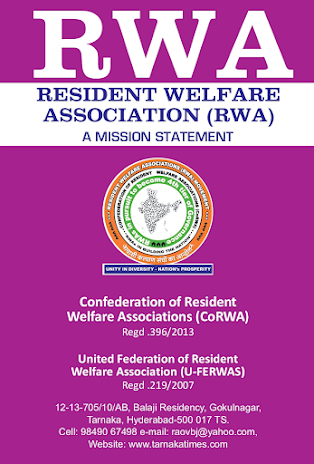Findings from a pilot study in three states by HelpAge India shows need for creating new structures within existing framework of government policy for elderly care giving.
- Suggests introducing concept of Vridh Sahayak at the sub-centre level
- Providing physiotherapists at the Primary Healthcare Centre (PHC),
- Creation of new State Level Geriatric Programme Manager role
At 106 million people, the elderly form approximately 8-9% of the total population in India today making the country the second largest global population of elderly citizens.
Distressingly however, most of the elderly in the country live a life of destitution, ill health, neglect and abuse which is in direct violation of their basic human and fundamental rights as provided by the Indian Constitution, points out the latest study from HelpAge India titled ‘Home Care for the Elderly in India – A Call to Action’.
Highlighting the magnitude of the problem, Mathew Cherian, CEO, Help Age India says the population of those 60 years plus and 80 years plus is slated to multiply by three times and five times respectively over the next two decades.
So much so, in the next couple of decades the population of those above 60 years will the population of children below 14 years as compared to the overall Indian population which will increase only by 40 percent, says the comprehensive report.
Persons aged 60 plus will increase by 354% and the 80 plus will increase by 500% surpassing the population of children below 14 years compared to the overall population of India which will increase only by 40% in the next few decades.
The problem of the elderly takes on bewildering proportion with majority of them belonging to marginalised sections. More significantly, a majority of this population, of which 71 percent lives in rural areas, are women, more particularly widows, half of whom belong to poor Socio - Economic Status (SES).
In a bid to address the repercussions of this “grey tsunami” that is confronting the country, Help Age India ran a pilot programme in three diverse locations, Leh in J&K, Shimla in Himachal Pradesh and Cuddalore in Tamilnadu to understand the needs of the elderly and how they can be addressed.
A further objective of the study was to arrive at an effective community-led model of care provision within the existing public health system that would not require additional budgetary commitments and thereby be sustainable.
The findings of the study were released last month at an event in the Capital.
A majority of the elderly belong to the unorganised sector with no formal social security mechanism and health benefits, a life of destitution, ill health and low quality confronting them in the sunset years of their lives.
While ironically, India’s policies discriminate against the elderly be it indigent persons, widows and also patients needing home care, with a general view of the old as being unproductive, on the contrary the monetary cost of not providing care for them was estimated US $ 18.75 Billion per annum, says the report. However, the societal value or cost could be sizably higher, it adds.
Therefore it is important to find smart solutions that are implementable within the ambit of current policies through a community and family led model which can provide effective care to the bed-bound, the immobile and those who among the elders who need assistance.
The pilot shows that at a country level such smart solutions can be implemented with a slight tweaking and operationalization of many components of National Programme for Healthcare of Elderly (NPHCE), says the report.
As per estimates, there is a need for over seven lakhs caregivers in the country leading up to 2022. While almost 30% of the youth aged between 15-29 years in India are still searching for employment, the caregiver role becomes a right vocation for the youth from within the community to pursue, recommends the report.
Such a concept has already been successfully tried in many Southeast Asian countries like Thailand and the pilot in the three states tried out some of these solutions.
The pilot trained and built the capacity of family members, neighbours and community caregivers on various aspects of elderly care giving which meets their Long Term and Palliative Care needs.
It also focussed on how the elderly could be mainstreamed through linkages with government schemes, programmes and health facilities by restoring their functional ability and ensuring that many of these elderly are able to take care of themselves and lead a life of dignity.
“The experience from the project is encouraging and eye opening at the same time. It is seen that with the right kind of community mobilisation and participation, it is possible to ensure that the community and family members come together in ensuring care and health for their elders in the true spirit of respect and caring for their elders which has been a bedrock of India’s societal value,” the report adds.
The project also demonstrated that the government health systems also respond better when they are explained about the purpose of the intervention and it is possible to build their capacity and skills to take care of the Long Term and Palliative Care need of the elderly in the community.
Among other suggestions, the study goes on to recommend tweaking the NPHCE programme to introduce the concept of Vridh Sahayak at the sub-centre, a physiotherapist at the Primary Healthcare Centre (PHC), and the institution of a new State Level Geriatric Programme Manager role to ensure proper delivery of government schemes.
This will result in a comprehensive system of care which can be instituted without much investment which inflates public health expenditure and suggests major change in the existing policy, it concludes.







0 Comments